Could connecting our natural habitats help preserve plant diversity?
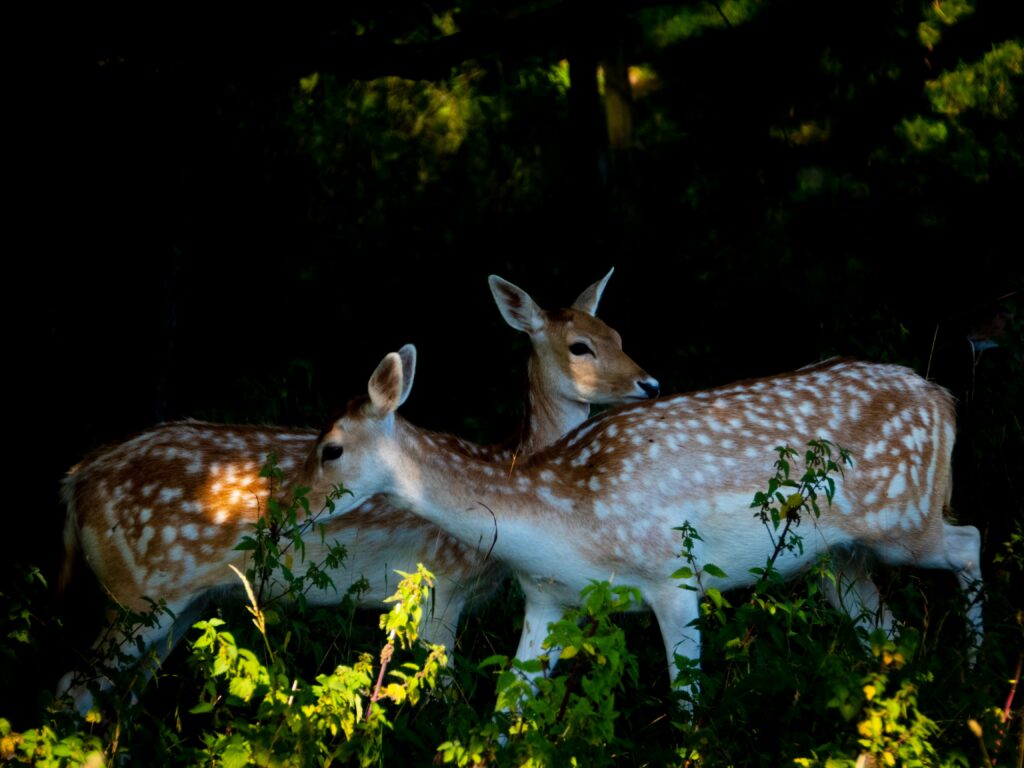
An ecological experiment so big it can be seen from space suggests that connecting isolated habitats with natural corridors can help preserve plant diversity. The 18-year project revealed that attaching restored pine savannah longleaf fragments by a natural passageway increased the number of plant species by 14 percent in those patches at the end of the experiment. This increase is due to higher plant colonization rates and lower extinction rates in connected versus unconnected fragments, the researchers report.
Worldwide, large and intact terrestrial ecosystems are diminishing, if parachuted into any random stretch of forest, approximately 70 percent of the time they would land within a kilometer of the forest edge, not far from the modern world. Such fragmentation is bad for biodiversity, according to environmentalists, but what is less clear is how best to preserve what remains.
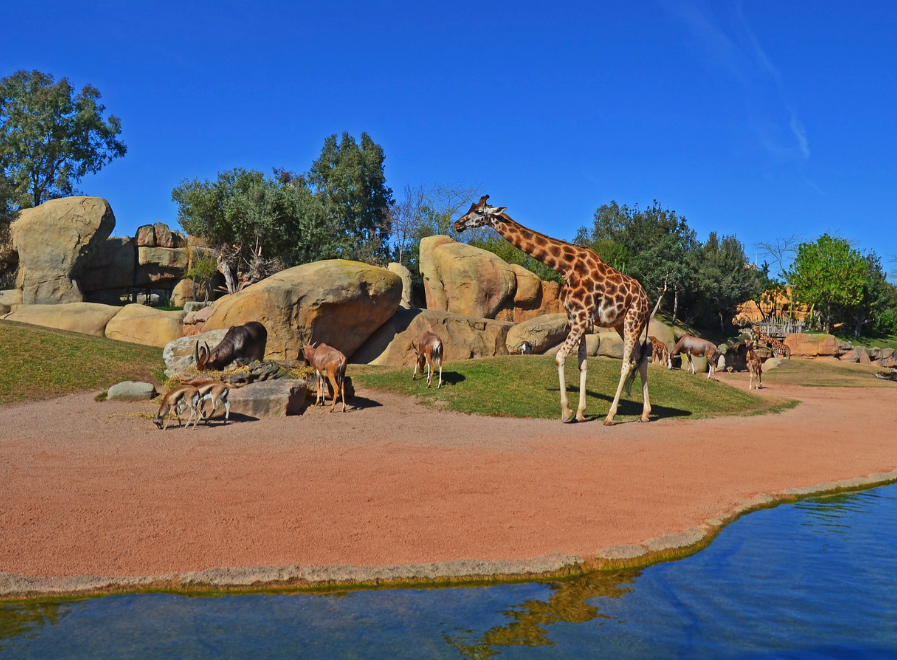
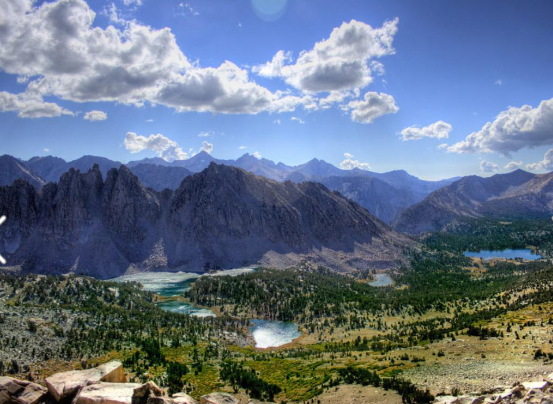
If we can’t have one huge forest, perhaps the best thing to do is to connect patches with natural corridors, such connections could provide conduits for species to colonize a new area and buffer biodiversity loss by expanding the potential range of species. Plants once isolated in a small patch of forest may, over time, move along a corridor to more fertile ground.
The details differ for various types of plants and animals, but in theory, the more connected the habitat, the more resilient, but studies to support this idea have produced mixed results. So the ecologists devised a grand experiment, in the middle of a dense pine plantation at the Savannah River Site in South Carolina, they cut 10 experimental plots of restored savannah longleaf pines into the landscape, each resembling the five sides of a standard die.
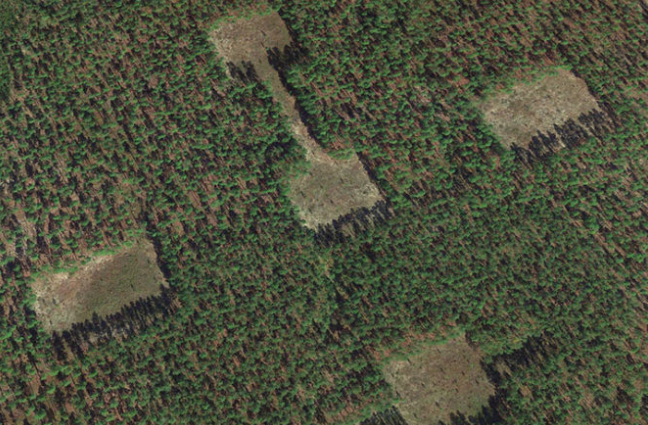
In the center of each plot is a square the size of a soccer field, surrounded by four similar plots, each about 150 meters from the center. One of those plots is connected to the center by a thin corridor 25 meters wide, the rest are control plots matched by area and shape, islands in a sea of dense pines. Over 18 years, the team watched as native longleaf pine savanna emerged in each plot; slowly but steadily, the connected plots moved away from their isolated brethren in the race to biodiversity and began to look more like true longleaf pine savanna.
The benefits of the connection were not limited by the way a plant is propagated. Whether the seeds traveled via animals, wind, or gravity, connected habitats absorbed more newly introduced species than unconnected ones.




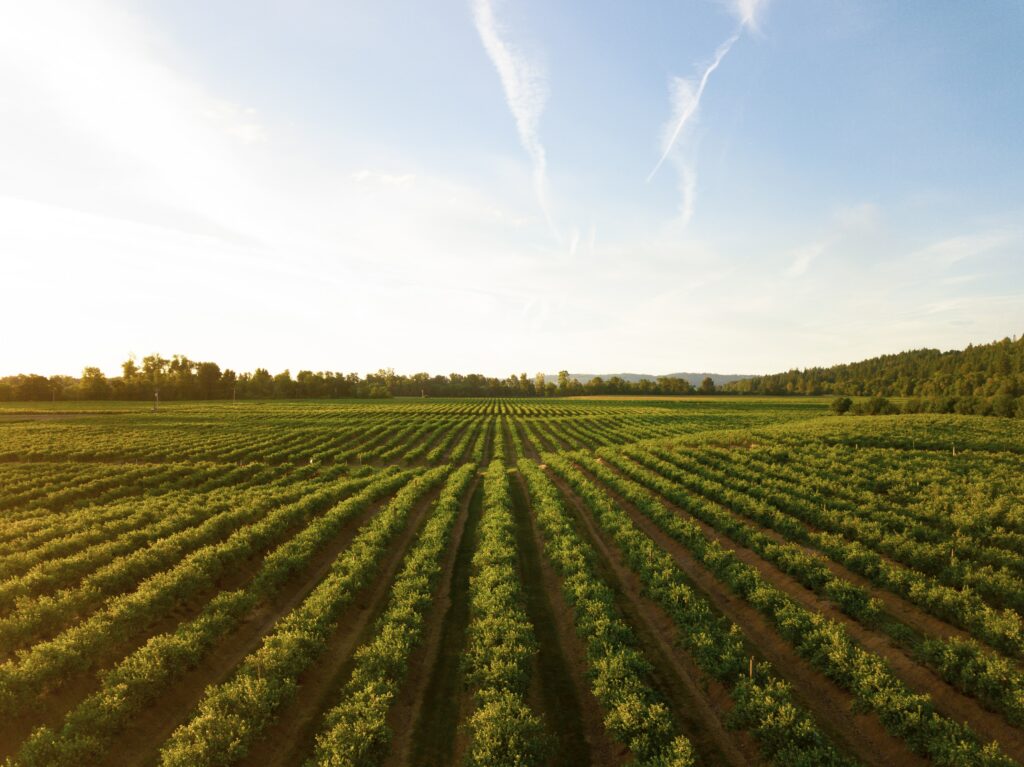
Responses